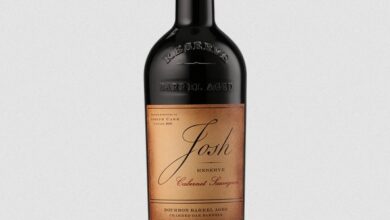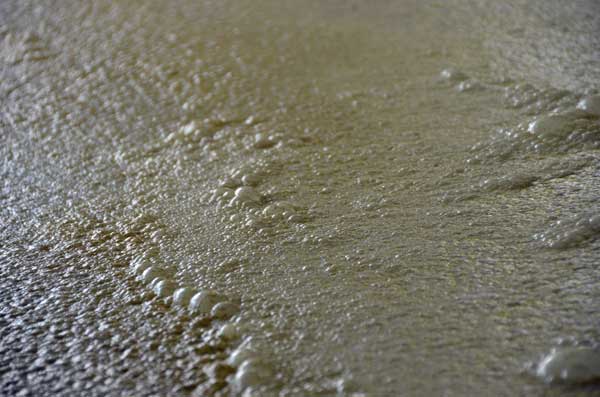What To Eat With Whiskey?
By James Rolands
The art of accompanying meals with the right drink does not only refer to the world of wine. Mixed whiskies and malt whiskies go very well with cheese such as brie, pork chops or any intense red meat.
Wine and food lovers look down on those who prefer to combine their meals with a glass of whiskey.
At best, it seems to them to be a sign of bad taste, although many would use even more derogatory terms. But beware: Scots prefer to eat many of their dense and powerful dishes with a whisky, and not with any other drink.
To tell the truth, the custom of eating with whisky has little roots in Colombia, with the exception, perhaps, of some regions of the Atlantic Coast, where sales of Scotch distillate are high. But where whisky is king at the table is in Venezuela, the country with one of the highest levels of consumption in the world.
Men and women of all ages drink whiskey as an aperitif, use it as an accompaniment to the main course, continue to drink it with dessert, and then finish it off with another glass, always with ice cubes up to the edge. Get food and whiskey coupons at GetYourCouponCodes
The questionable thing here is not to invite whiskey to the table. The critical point is to ignore its possibilities -and limitations- when it comes to including it in a lunch or dinner.
I have always said that until one becomes aware of what one eats and drinks, all food intake is simply perceived as a biological act and nothing else.
The aromas and flavors are not enjoyed, nor is it tasted slowly or consciously to enjoy the process. As for the drink, there is neither time nor knowledge to analyze its aromatic and gustatory components. The important thing is to get drunk quickly.
Eating with a glass of whisky should therefore be understood as a rewarding and different experience. But to get there requires expertise and study to enrich the gastronomic experience.
Let’s start by saying that, like wine, whisky is one of the richest aromatic drinks in humanity, and therefore lends itself to different combinations with gastronomy. But its range of possibilities is not as wide as that of wine, which narrows the circle of choice.
Blends, depending on their ageing time -four, eight, twelve or eighteen years-, lend themselves to almost all occasions of consumption with food. Malt whiskies, on the other hand, or single malt whiskies, are best enjoyed alone and drunk without ice.
A few drops of water are enough to extract their deep aromas. Understanding them fully requires a keen sense of smell and an experienced palate. Otherwise, it’s like “seeing” the Eiffel Tower with your eyes covered.
To begin with, a qualified drinker rarely – or almost never – uses ice glasses. A central part of the rite is choosing a thin, elongated glass in order to understand issues such as the density of the liquid, its texture and consistency, and, of course, its aromatic and gustatory range. Another key action is to know the amount of water that must be added to look for the infusion (at this point, the fiery and alcoholic notes of the distillate disappear, giving way to a fascinating palette of aromas and flavors, which, when combined with a suitable dish, will allow you to feel beyond the stars).
In whisky, the good taster must use eight parameters to understand what goes through his mouth: brand and distillery, aging time, concentration and density, appearance at sight, aroma in a state of purity, aroma after the incorporation of water, flavors, and final perception. As you can see, the famous expression “up, down, to the center and inside” doesn’t fit here.
The same must happen with the chosen food: not everything can be combined with whisky (that is, if the diner is looking for an exquisite splice worth remembering).
Whisky is a drink with a high alcohol content, and in many cases, it undergoes long periods of aging, which adds to the complexity. There are whiskies more or less light, more or less intense, more or less fruity, more or less creamy, more or less spicy, more or less nutty, or more or less smoky. Therefore, the combination with different dishes and recipes is not infinite. The invitation is to read the “What’s in whisky? box to get a better idea.
Suggestions to accompany
– Lobster, especially with complex creams.
– Smoked salmon.
– Sushi, especially prepared with salmon and fresh tuna, and other fatty fish.
– Hunting meats such as venison, goose and pheasant.
– Pork chops and chicken wings with barbecue sauce.
– Lamb with heavy sauces
– Mexican or Spanish food. Chocolates made with high purity black cocoa.
* Avoid light dishes such as pastas, rice dishes and tender fish.


